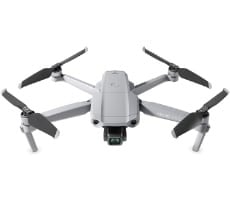Overwatch PC Gameplay And Performance Review: Blizzard's First Shooter Soars High
The PC version of Overwatch features a wealth of in-game graphic settings, which makes the game highly scalable across various video cards. As you will notice below, the game is not particularly demanding. While it is great looking, there is not a lot of texture complexity or vast draw distances to render. Plus, the game makes use of wildly bright colors for the maps and character textures for visual impact, instead of complex models. Blizzard did this purposely so characters on the opposite team could be easily identified against the backdrops. This may not seem like much initially. But it means there is no stealth play here; the gameplay is too fast-paced for stealthy moves anyway. The contrasting colors really help to quickly identify attackers so you can plan your defense or offense accordingly.
The colorful palette compliments the art style, which is a bit of Pixar-meets-Japanese Anime. Make no mistake though, this is a highly competitive game with some serious visual bells and whistles to immerse you in the action. The physics, for instance is amazing. While waiting for a match to begin, you can interact with items in your spawn area. Shoot at soccer balls and other items in your team’s spawn location and see them dance around the environment with believable weight, trajectory and…well…physics. Ultimately, you begin to rely on the intricate physics for successfully executing several character abilities like Junkrat's grenades or even Hanzo’s ricocheting arrows.
Blizzard’s proprietary engine runs buttery smooth across our entire fleet of GPUs from both AMD and NVIDIA. All testing was conducted on the max "Epic" graphic preset. No baked-in benchmark is included with the game, so we used Fraps to record our frame rate in both custom created games where we could control the number of players and their movement, as well as regular online games using the in-game matchmaking, to include more real-world play environments. The numbers below are our averages of these sessions.



If you own one of the cards tested here, you can expect great performance with high image quality settings, unless you have a 4K display and want to run at native resolution. Then things are restricted to the top two Maxwell cards. With a Titan X or a 980Ti, a few settings can be dialed back to achieve a smoother 60 fps.
Overwatch has forgiving systems requirements and can be enjoyed on mainstream hardware with the graphics settings tweaked, while GeForce GTX 970 and Radeon R9 390 class products (or higher) can run the game fully maxed.







